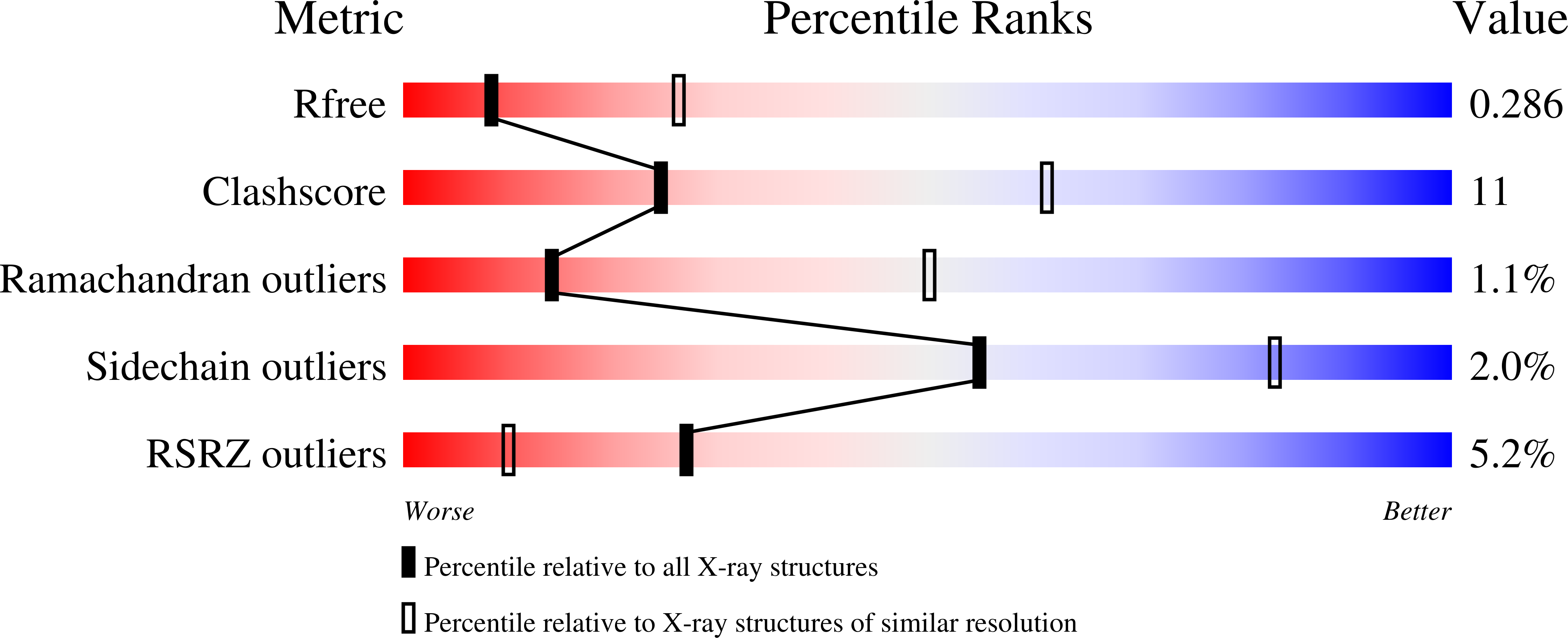
Deposition Date
2023-09-30
Release Date
2024-06-26
Last Version Date
2025-01-08
Method Details:
Experimental Method:
Resolution:
3.00 Å
R-Value Free:
0.29
R-Value Work:
0.27
R-Value Observed:
0.27
Space Group:
P 21 21 21


